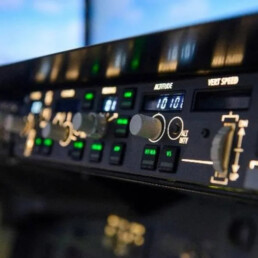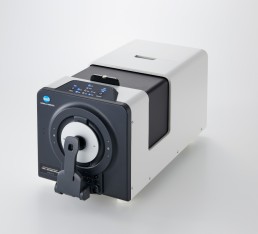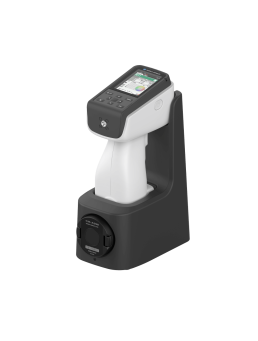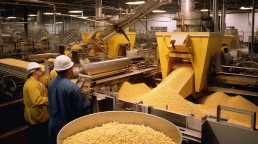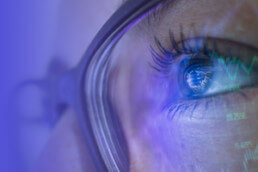How To Measure Haze To Ensure Clarity
When to measure haze
Like in the atmosphere, haze can create a cloudy appearance in objects. This cloudiness makes the objects appear lighter and distorted, often creating problems for manufacturers needing to meet specific quality standards for their products.
A hazy appearance in objects occurs when irregularities in the substance or surface conditions cause light to scatter. If light scatters when it hits or passes through a material, haze can appear, and the clarity of the product is compromised.
This lack of clarity mainly affects transparent materials, such as plastics, glass, and liquids. While highly problematic for manufacturers, haze can be controlled and minimized using the appropriate instrumentation. Therefore, considering haze is essential for the quality control process.
Types of haze
Reflection Haze – relates to the amount of light reflected from a material, changing the direction in which the light moves. For example, a high gloss, highly reflective finish with haze would show a blurred finish.
Transmission Haze – relates to luminous transmittance, which is the light that passes through an object.
Clarity and Haze
Haze is a measurement of the amount of light that results in wide-angle scattering (meaning at an angle greater than 2.5°). Dependent on the level of contamination in a sample, the transmitted light can be made to scatter in different directions, referred to as wide-angle scattering, where clarity is a measure of narrow-angle scattering ( at an angle less than 2.5°) and is concerned with the sharpness of the object.
How to measure haze values
Color measurement technology evaluates the color of an object and the lack of color in an object. When haze is problematic in transparent materials, a haze measurement unit such as a transmission spectrophotometer or haze meter should be used for process control.
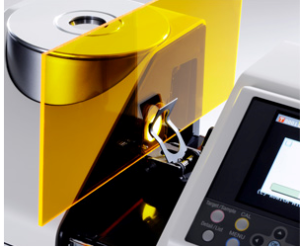
Spectrophotometers, often used in conjunction with QC analysis software, generate comprehensive data on the clarity of the material and the amount of haze in its appearance. The spectrophotometer will measure the total transmittance of light through a sample. This allows users to pinpoint the origin of the haze and take corrective action immediately.
A standard haze value should first be defined (e.g., standard percent Haze value between 0% and 30%. If the sample’s percent Haze value is greater than 30%, the sample will be rejected.) To ensure each batch of the material maintains consistency and clarity.
Set a value, and use a spectrophotometer to study the sample and look to see any cloudiness in the object, checking that the amount of haze detected is within the set guidelines. This data can effectively take corrective action before a bulk production run is performed and documented for future batches. By identifying the problem in advance, reworking, and preventing product rejects.
The standard for measuring haze is ASTM d1003; this standard defines how the haze value definition should be measured.
To effectively evaluate transparency and haze in your samples, we recommend the following products:
CM-3700A Plus Spectrophotometer

